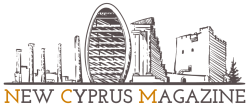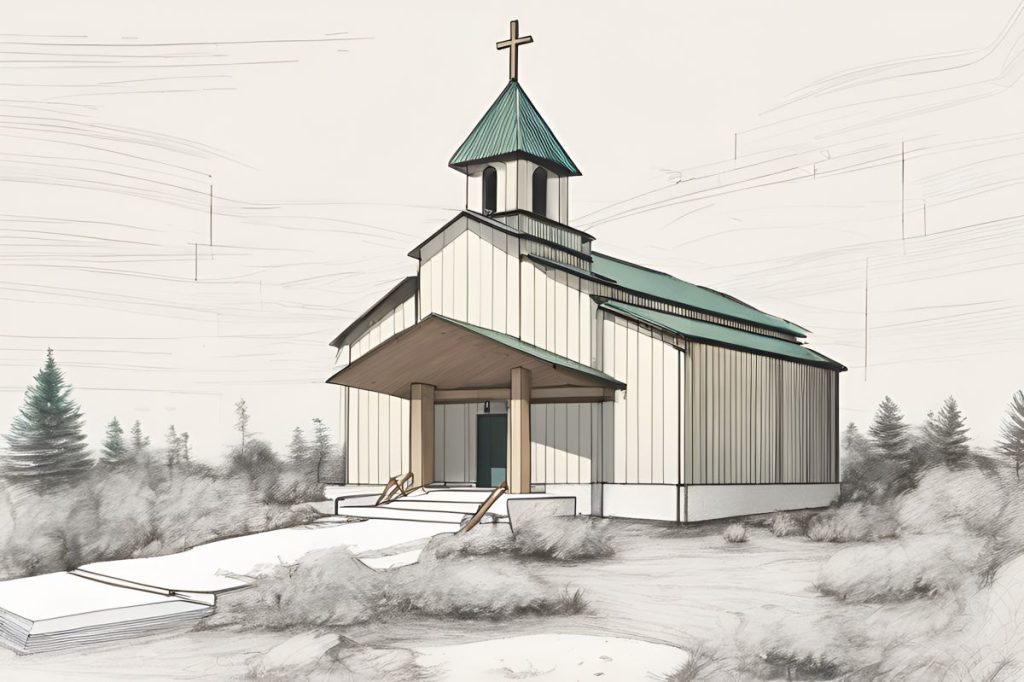The controversial construction of an illegal monastery in Cape Greco, Cyprus by the Cyprus Church has sparked outrage due to environmental concerns and violations of Natura 2000 protection. Despite government warnings, construction continues, leading to criticism and calls for legal action to preserve local biodiversity and uphold environmental laws.
What is the controversy surrounding the new monastery construction in Cape Greco, Cyprus?
The controversy involves the Cyprus Church building a new monastery illegally in the environmentally-sensitive Cape Greco region, under Natura 2000 protection. Despite government warnings, construction persists, prompting criticism and potential legal actions, as it threatens local biodiversity and disrespects environmental laws.
Despite orders to halt construction and government warnings, the Cyprus Church continues with illegal building activities for a new monastery in the environmentally-sensitive Cape Greco region. The Constantia-Famagusta Bishopric has been the focus of criticism for persisting with works in an area designated under Natura 2000, a network aimed at protecting the most seriously threatened habitats and species across Europe.
Interior Minister Constantinos Ioannou has expressed his disapproval, labeling the actions as “unacceptable.” The potential consequences include a more complicated legal battle, should the ministry decide to take the case to the attorney-general’s office. Meanwhile, the Ayia Napa municipality, which holds the authority to demolish the wrongful constructions, has yet to respond to the situation.
Green Party’s Call to Action
Giorgos Perdikis, the leader of the Green Party, has voiced concerns, deeming the church’s actions an “environmental scandal.” In his proactive approach, the 63-year-old politician penned a letter to Archbishop Georgios, urging an immediate intervention to stop the bishopric’s construction within the protected area. This plea follows an inspection by the environmental department earlier in March, instigated by a complaint, which resulted in a directive to the Famagusta planning authorities to cease construction.
The Green Party has also urged the Archbishop to mandate the bishopric to dismantle all illegal structures and to follow the proper licensing procedures. Moreover, they’ve called for the Holy Synod to enforce strict adherence to legal and environmental standards for all ecclesiastical construction projects.
Environmental and Legal Implications
The construction, initiated without the required permits, poses a significant threat to the local ecosystem. The area, part of the Natura 2000 network, is critical for the preservation of biodiversity. Elena Stylianopoulou, the deputy director of the environmental department, highlighted the challenges in assessing environmental impact post-construction. The change in the habitat would likely have caused the fauna to flee, complicating the assessment.
In addition to environmental concerns, there have been reports of the church engaging in fundraising activities for the construction efforts, which include selling raffle tickets. The funds raised are allegedly for the Ayios Ephraim and Ayia Aikaterini monastery. The Game and Fauna Service’s recent visit resulted in a €2,000 fine for the bishopric due to habitat degradation and the disturbance of wildlife, specifically protected under the legislation for the conservation of wild birds.
Response to the Building Controversy
The ongoing defiance by the church to continue construction within the protected Natura 2000 site has prompted government officials and environmental activists to take a stand. The situation is not only a legal matter but also a moral one, where the respect for nature and adherence to environmental laws are held in the balance. The actions taken by the church have sparked a broader discussion on the accountability of influential institutions and the protection of Cyprus’s natural heritage.
What is the controversy surrounding the new monastery construction in Cape Greco, Cyprus?
The controversy involves the Cyprus Church building a new monastery illegally in the environmentally-sensitive Cape Greco region, under Natura 2000 protection. Despite government warnings, construction persists, prompting criticism and potential legal actions, as it threatens local biodiversity and disrespects environmental laws.
What are the environmental and legal implications of the illegal monastery construction in Cape Greco, Cyprus?
The construction, initiated without the required permits, poses a significant threat to the local ecosystem. The area, part of the Natura 2000 network, is critical for the preservation of biodiversity. Reports of habitat degradation and wildlife disturbance have led to fines being imposed on the bishopric. The situation also raises concerns about the church’s fundraising activities for the construction efforts.
How has the Green Party responded to the monastery construction controversy in Cape Greco, Cyprus?
Giorgos Perdikis, the leader of the Green Party, has called the church’s actions an “environmental scandal” and urged Archbishop Georgios to intervene. The party has also pushed for dismantling of illegal structures, adherence to licensing procedures, and enforcement of legal and environmental standards for all ecclesiastical construction projects.
What has been the response from government officials and environmental activists regarding the illegal monastery construction in Cape Greco, Cyprus?
The ongoing defiance by the church to continue construction within the protected Natura 2000 site has prompted condemnation from government officials and environmental activists. The situation has sparked a wider discussion on the accountability of influential institutions and the need to protect Cyprus’s natural heritage.

